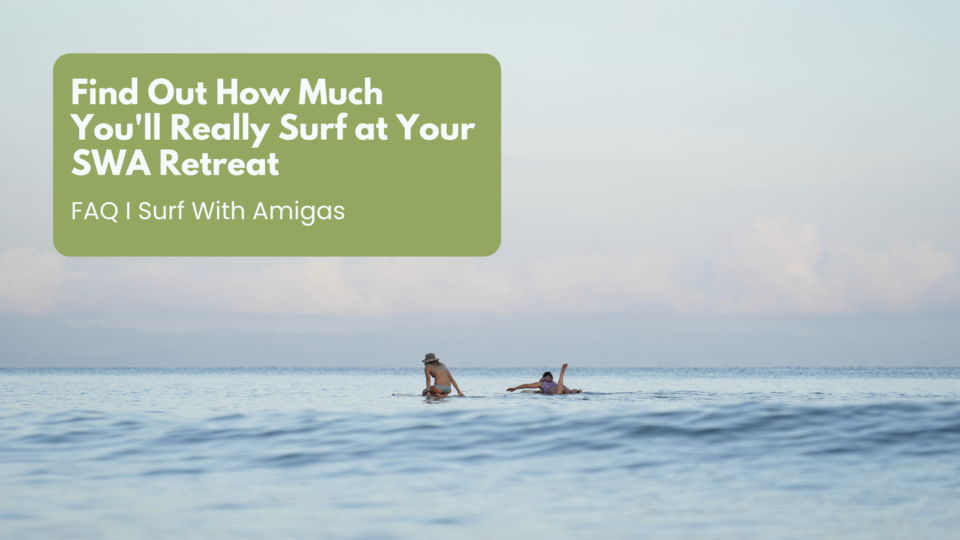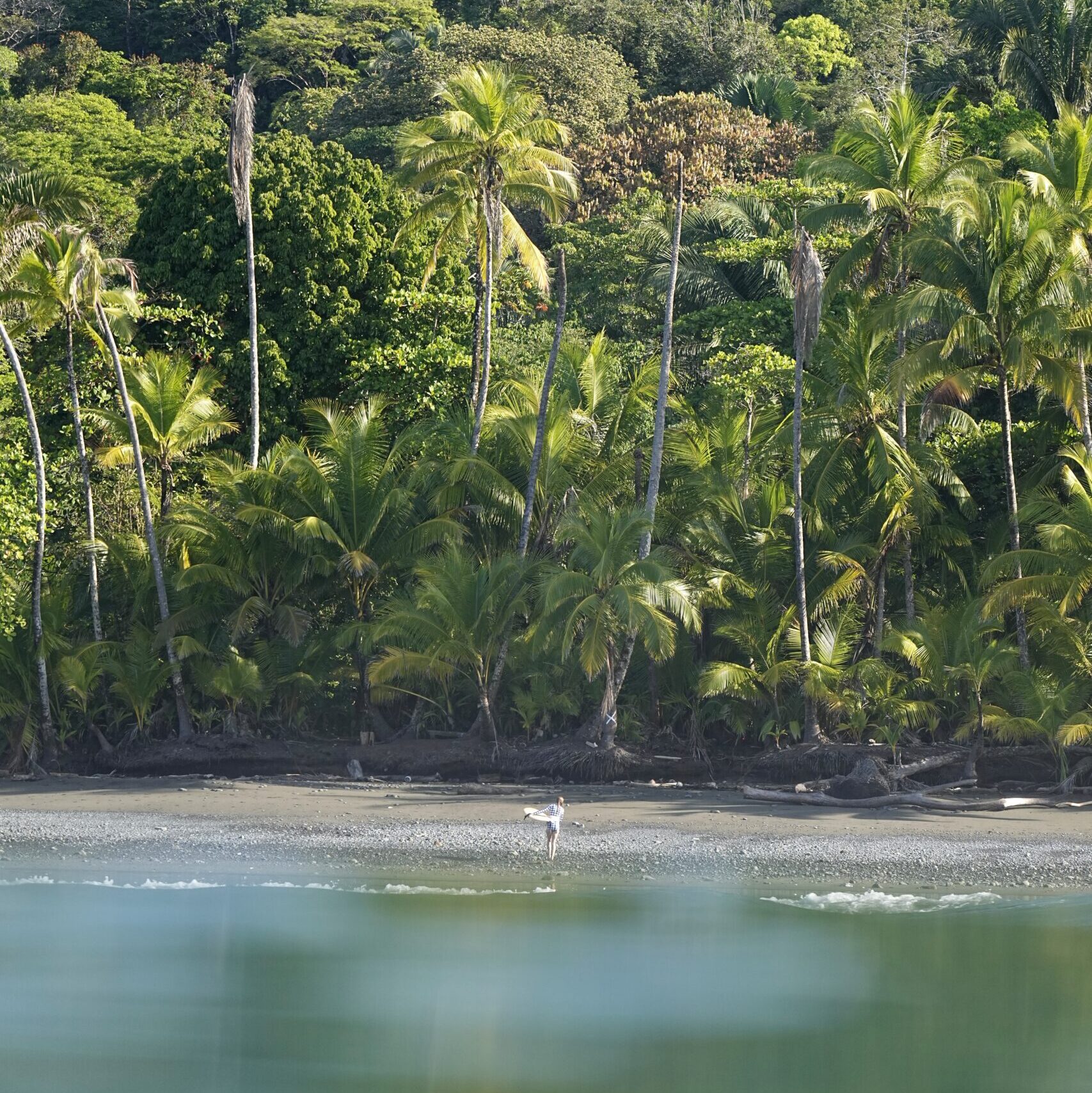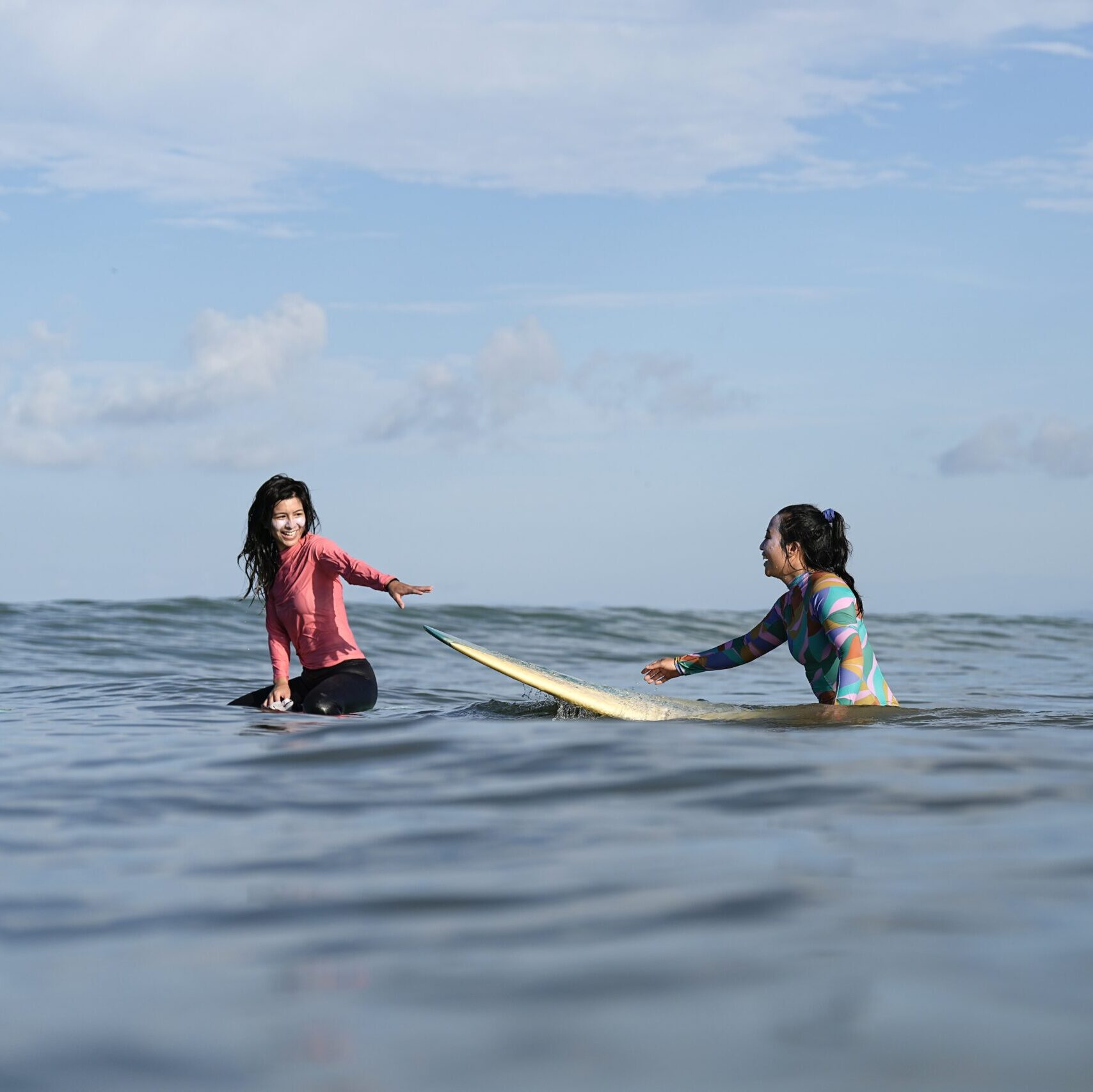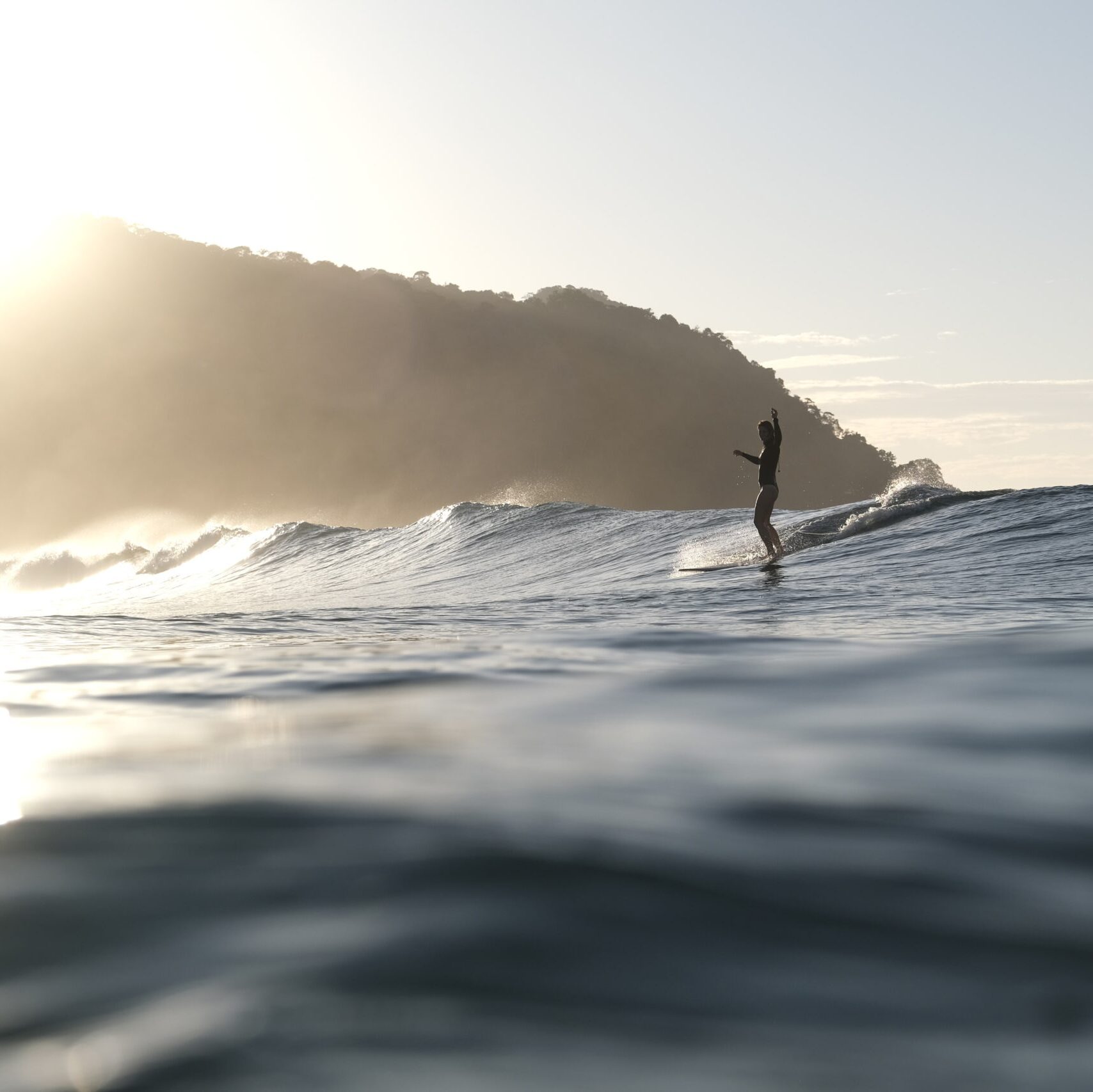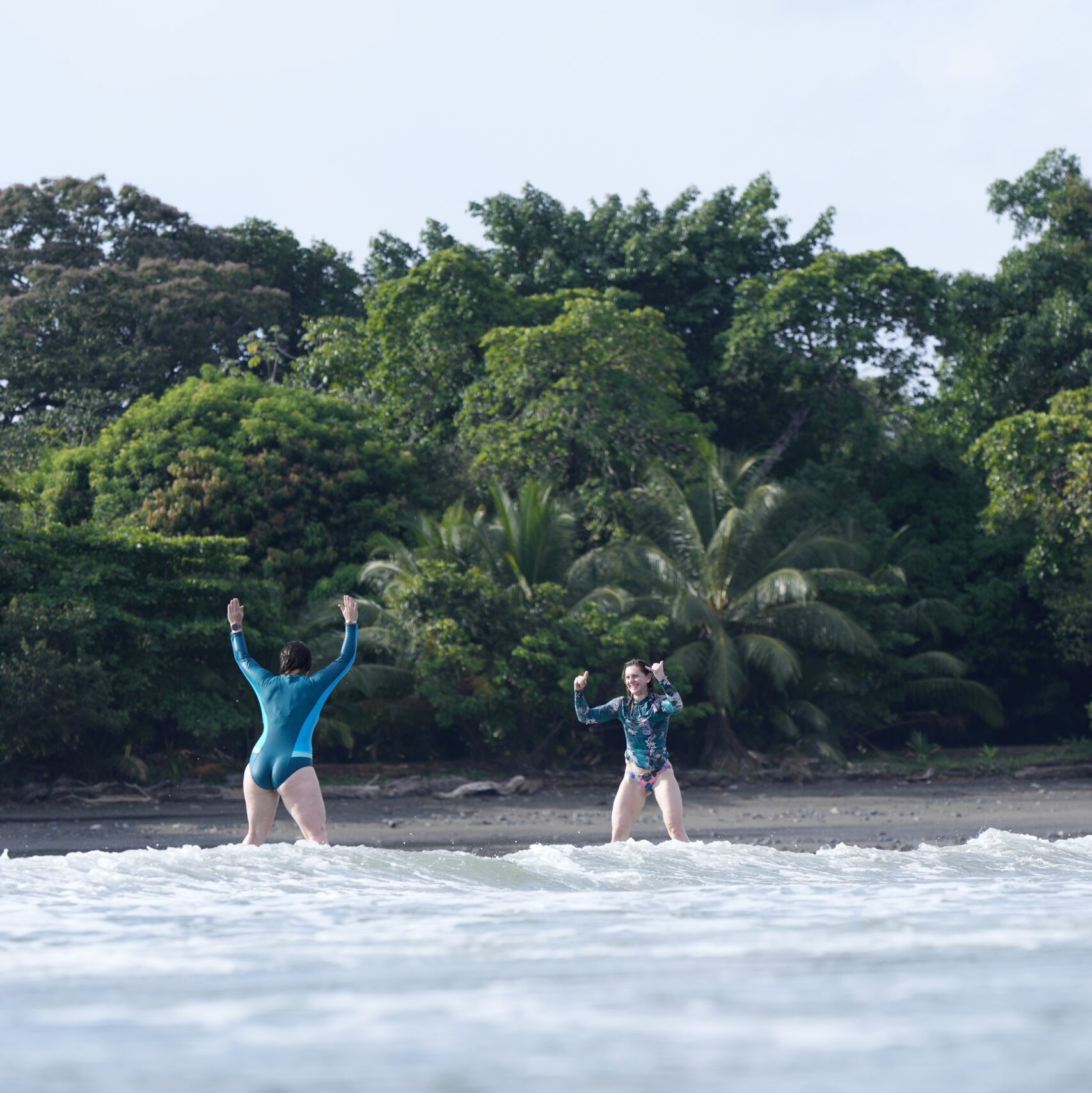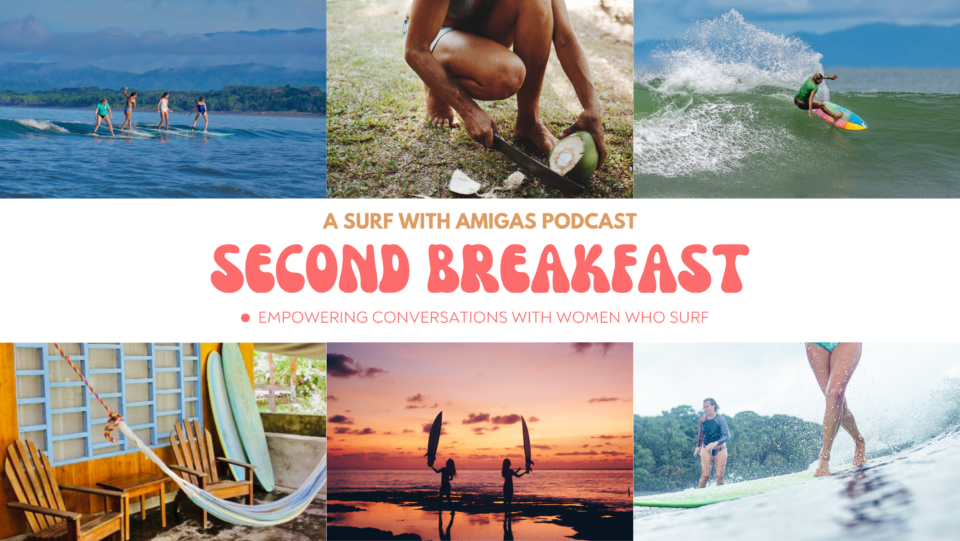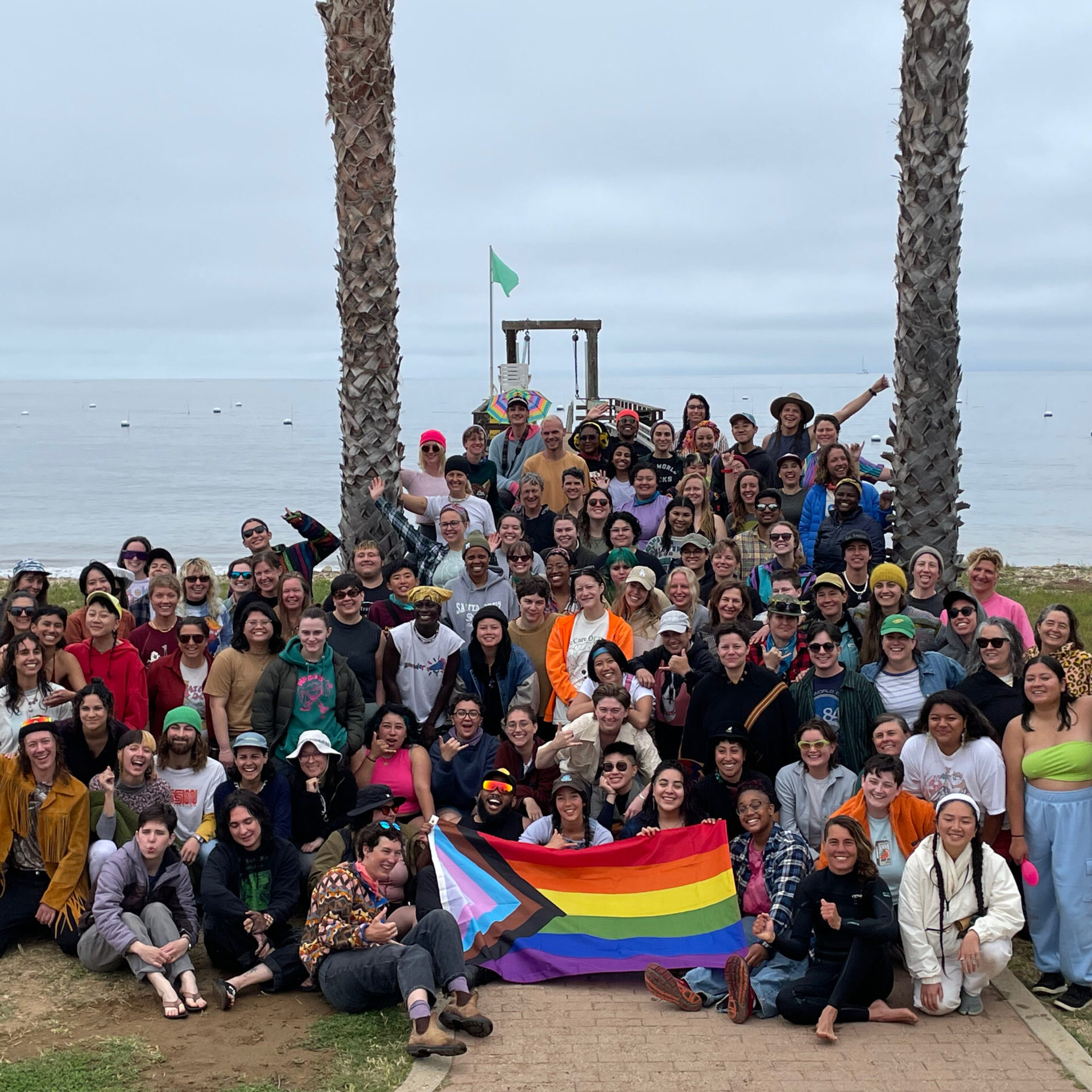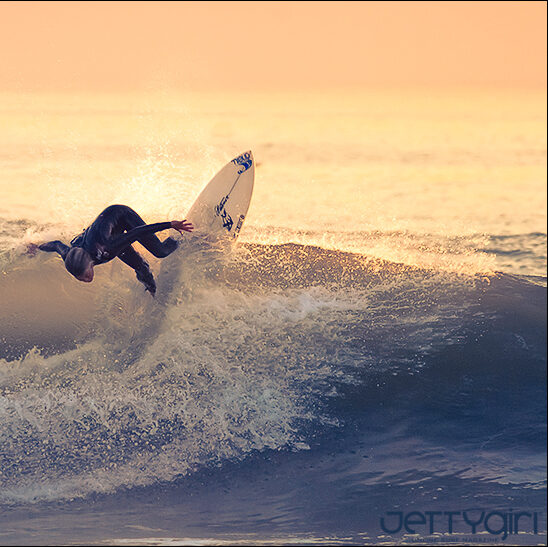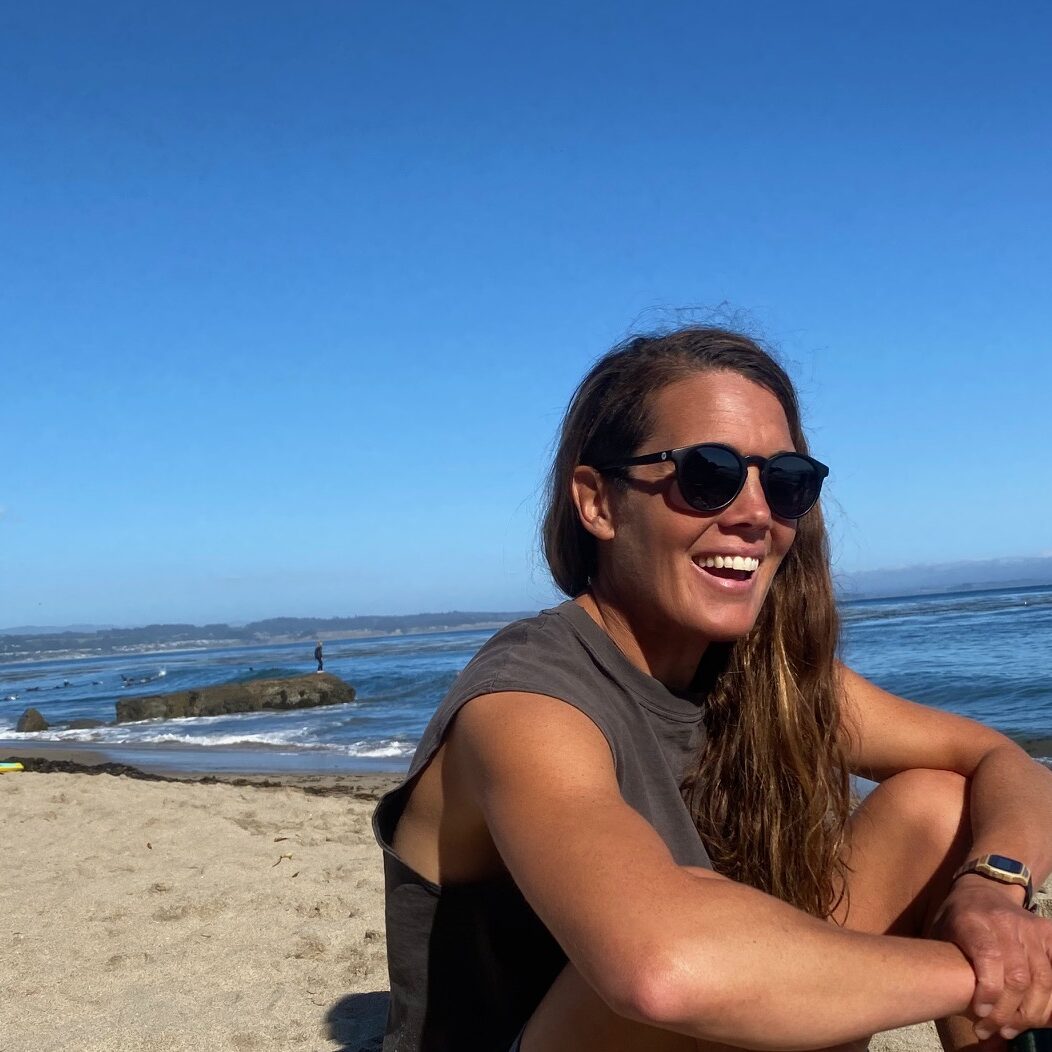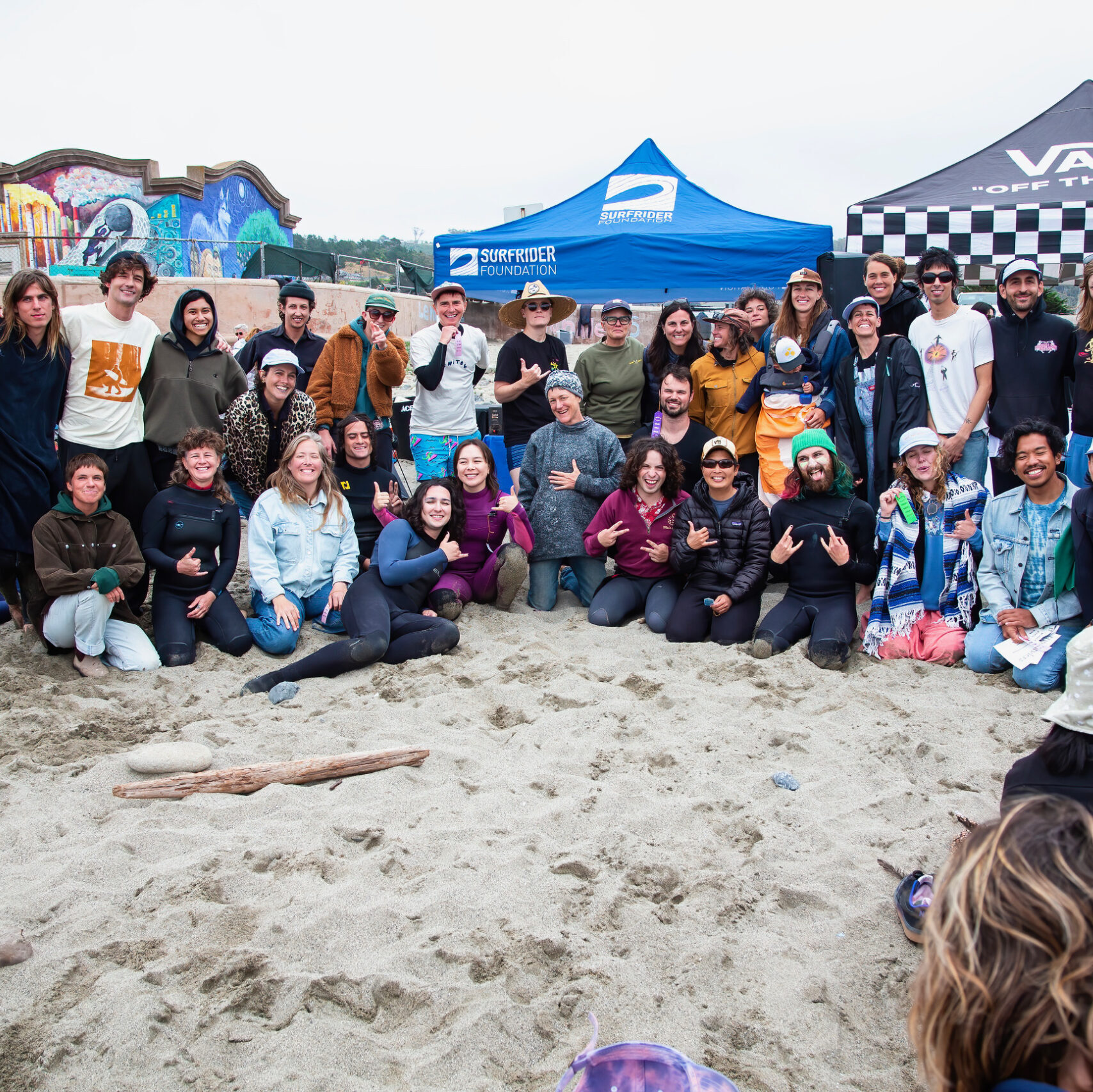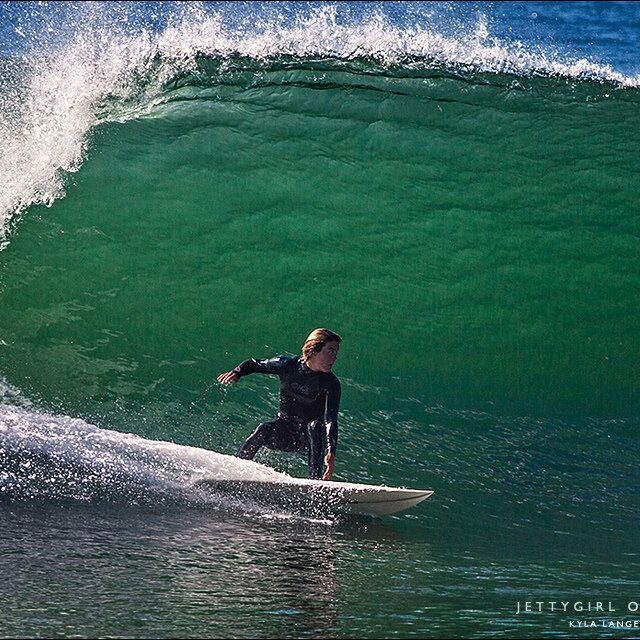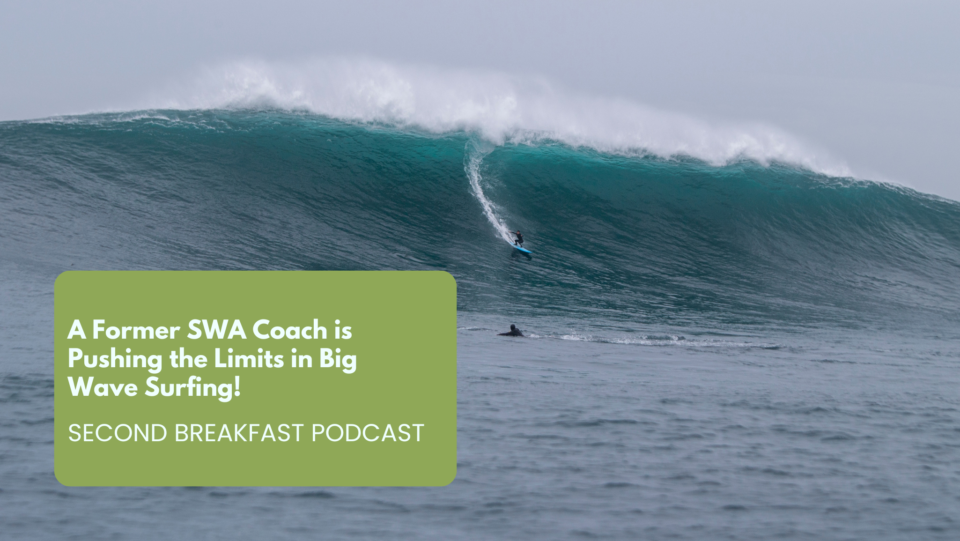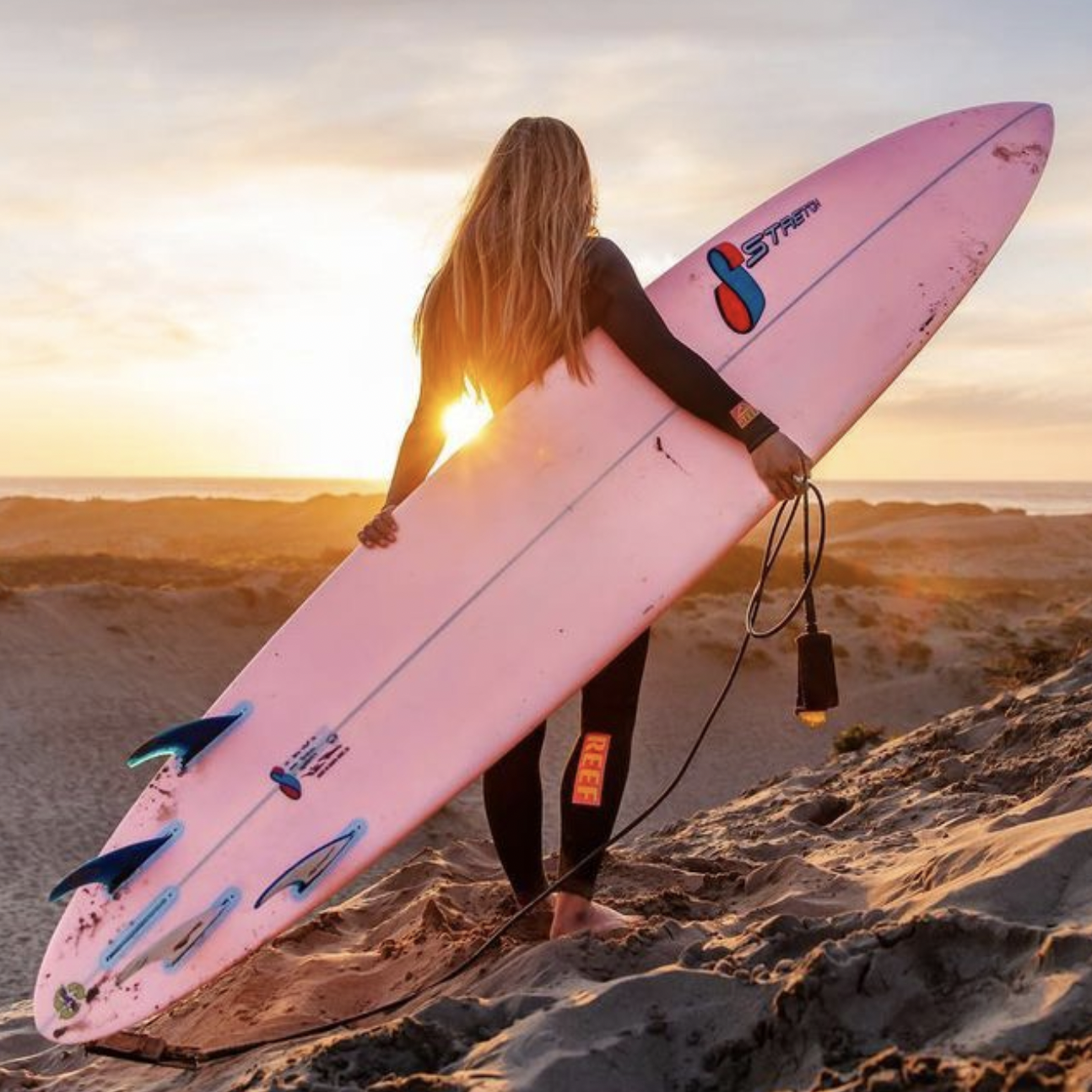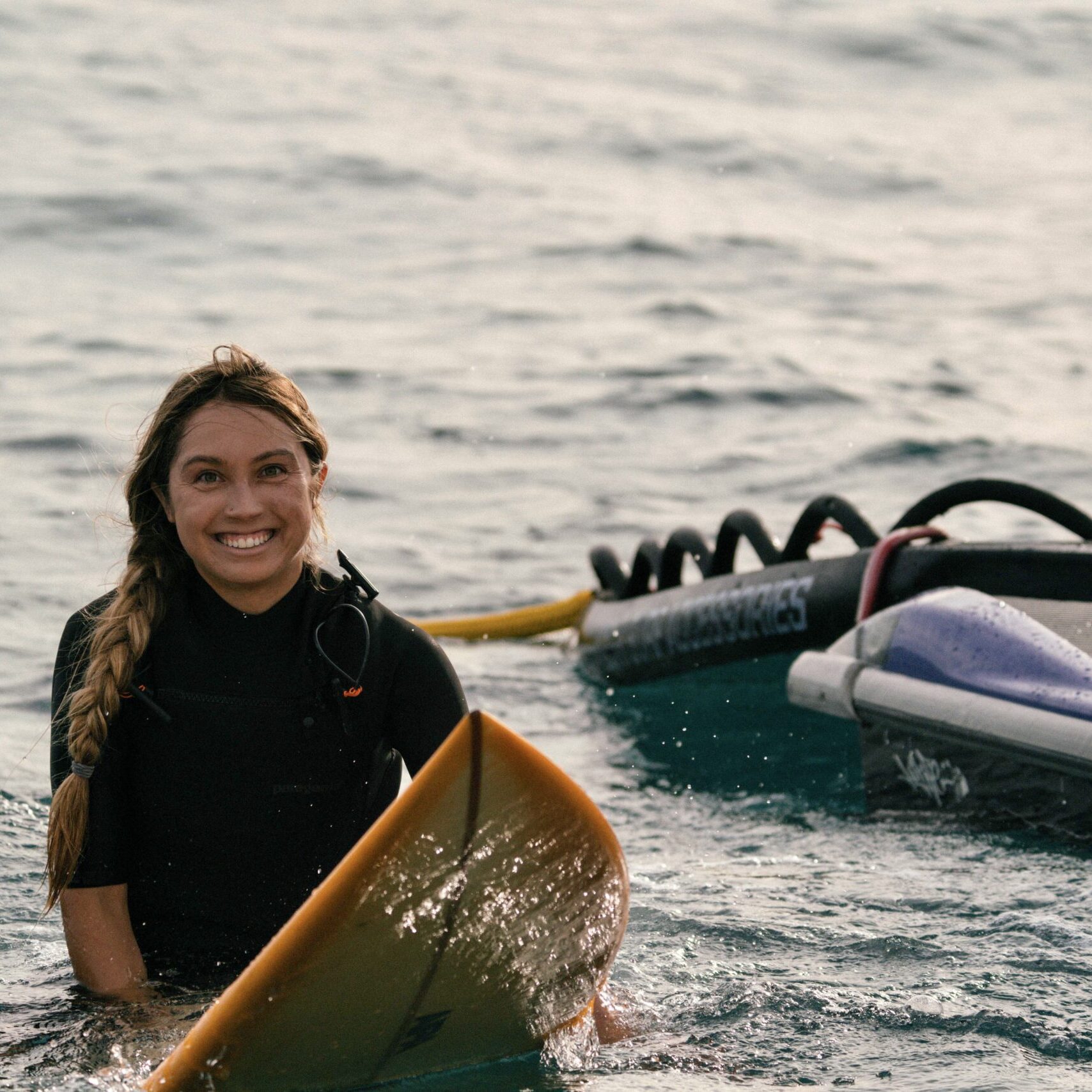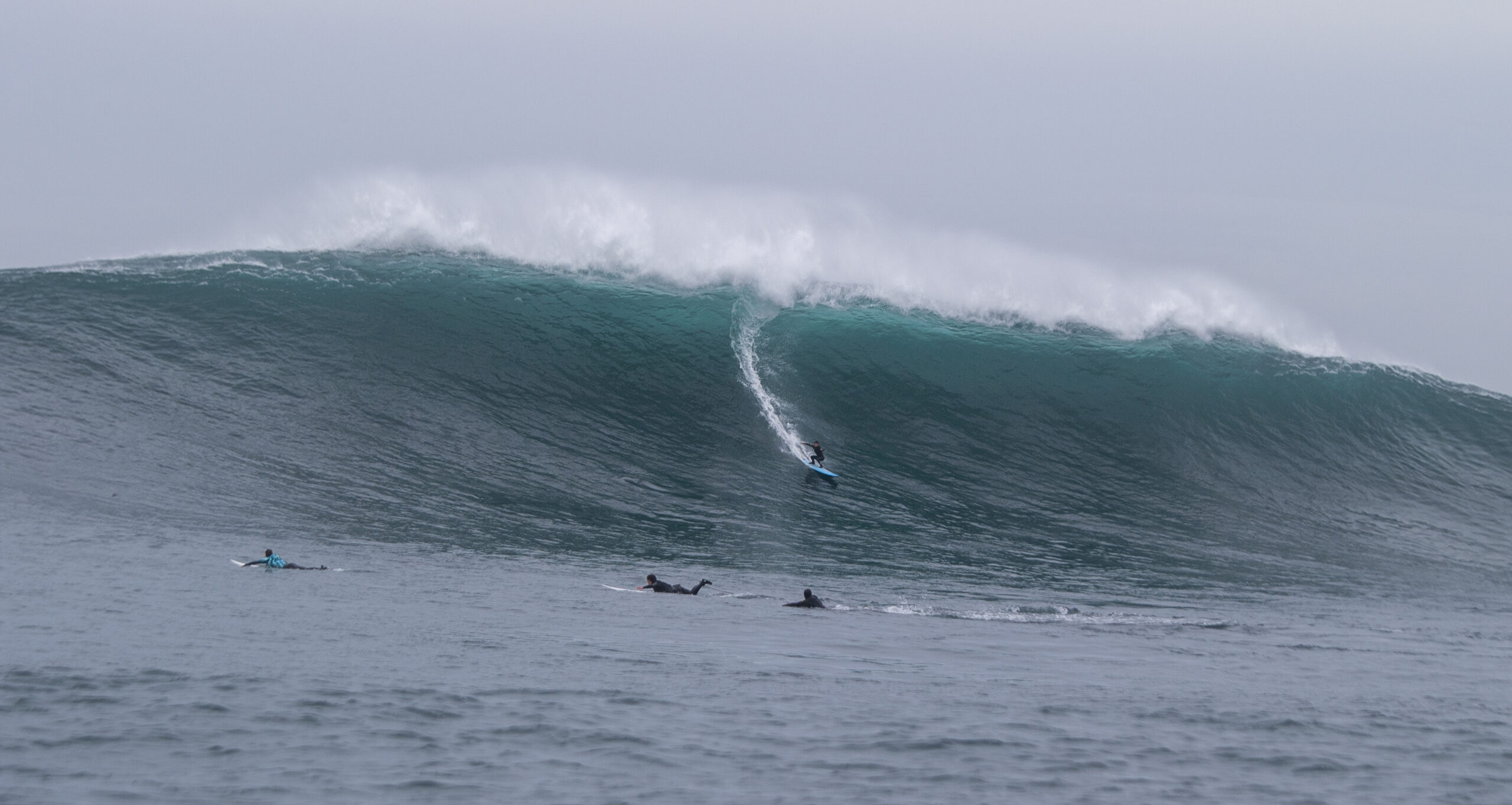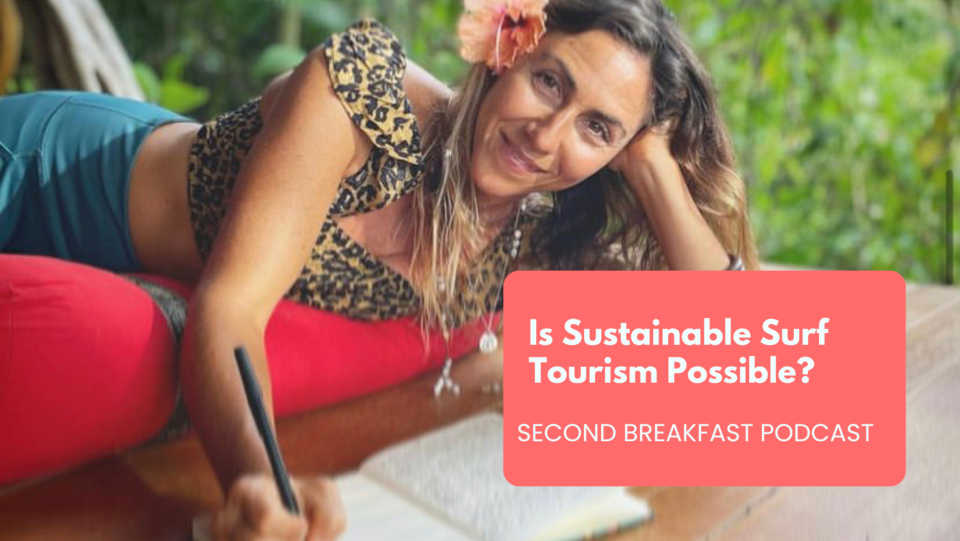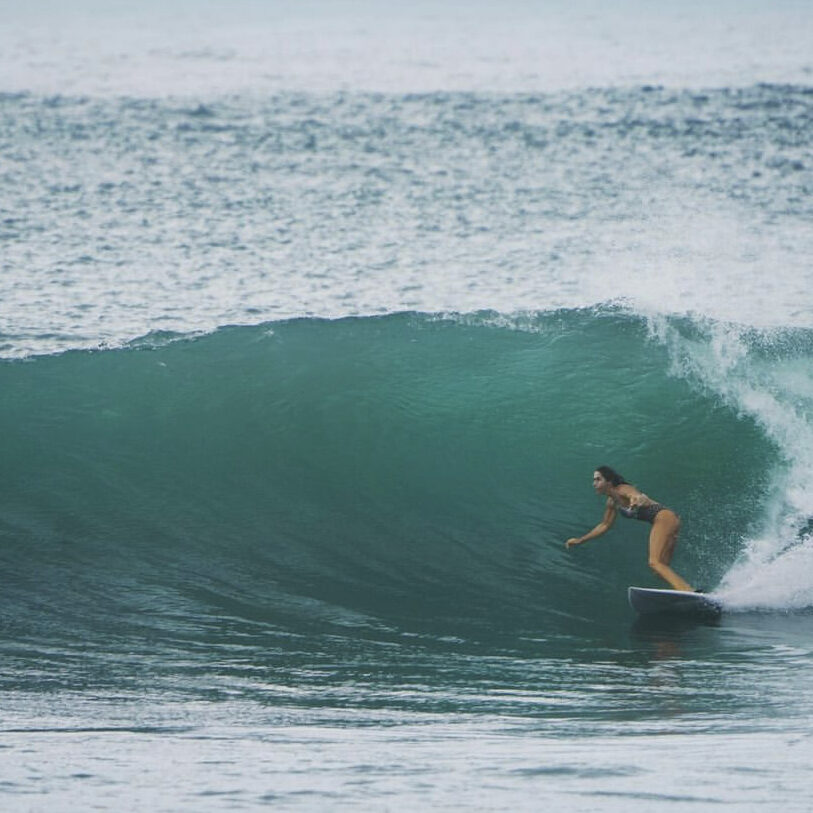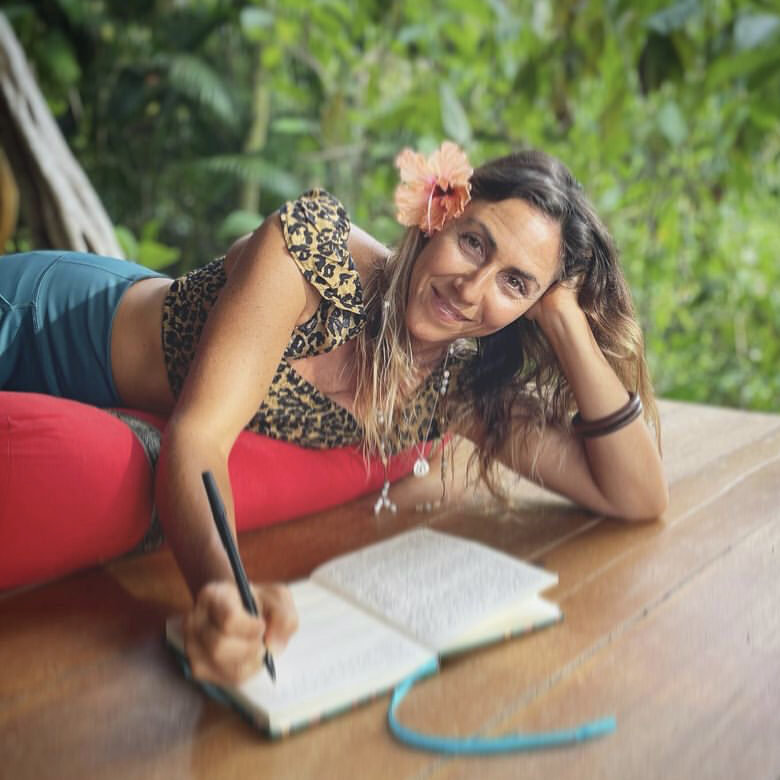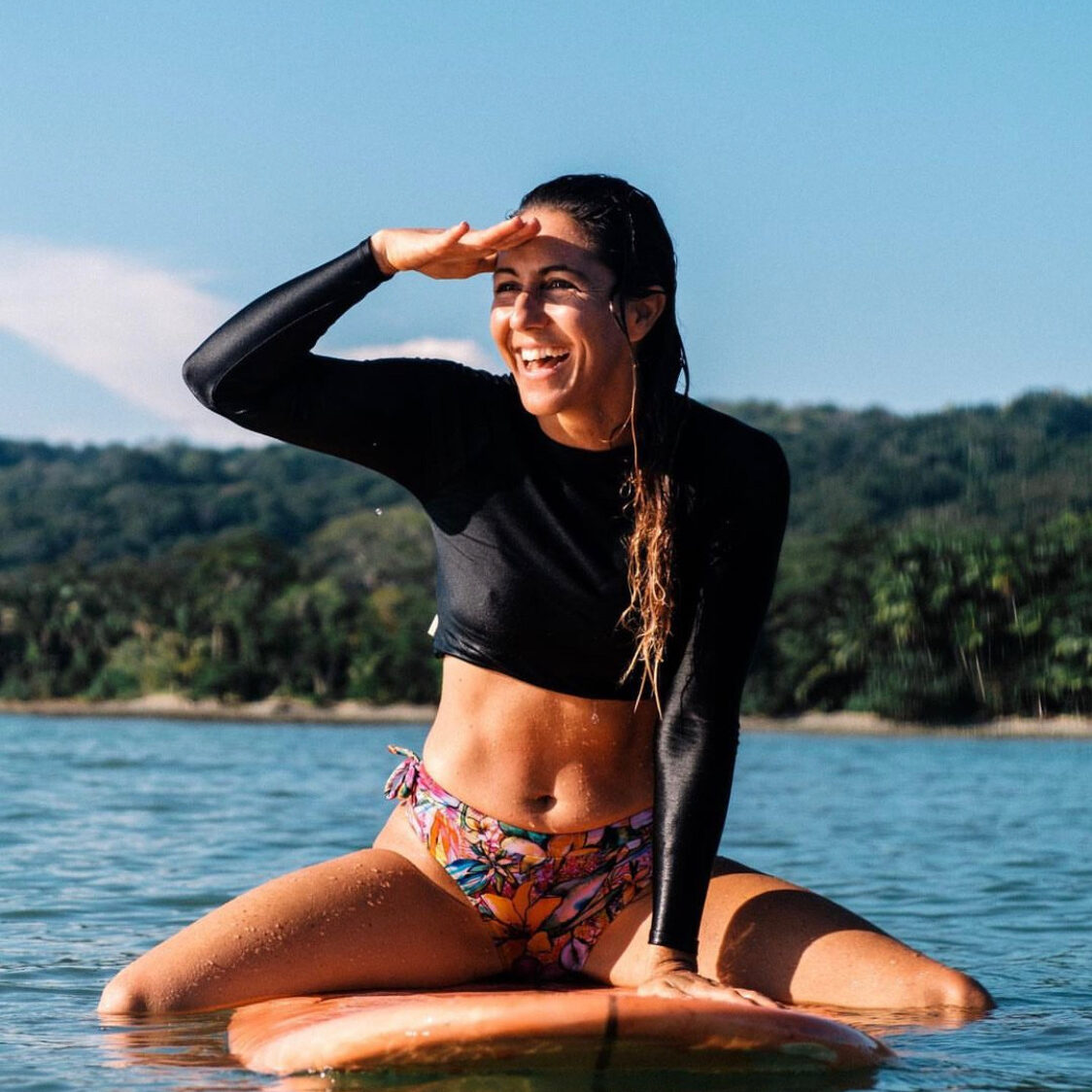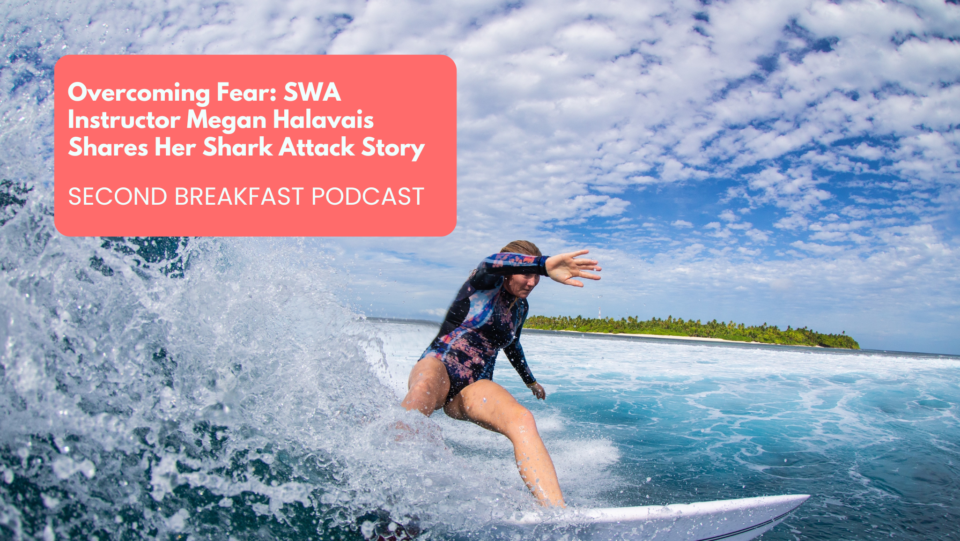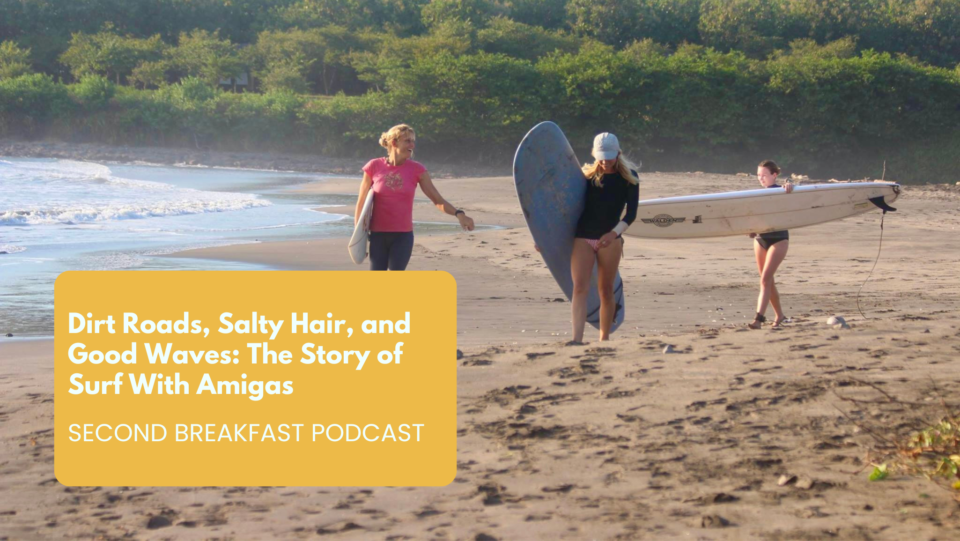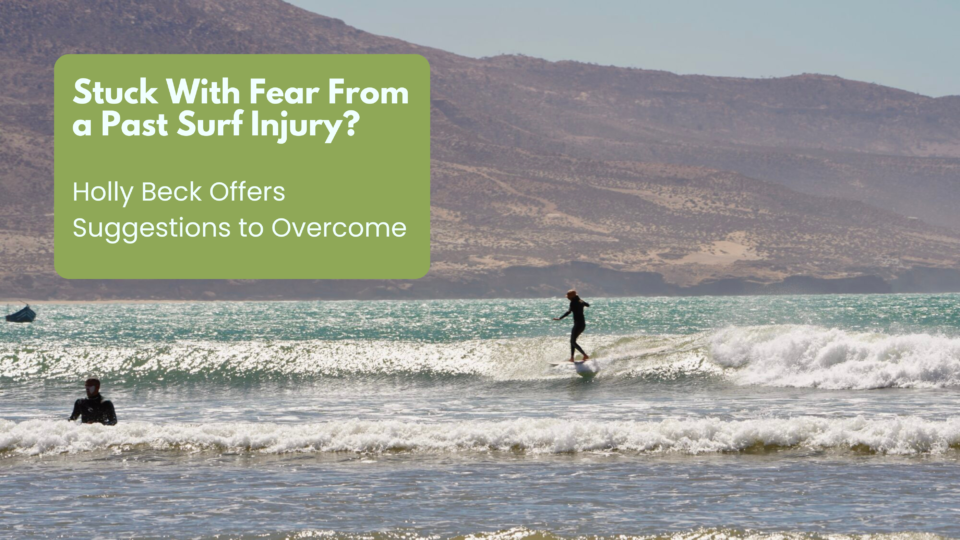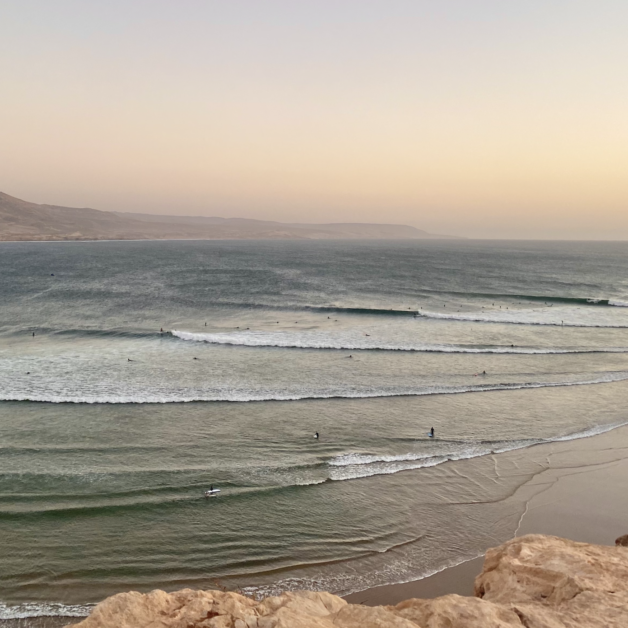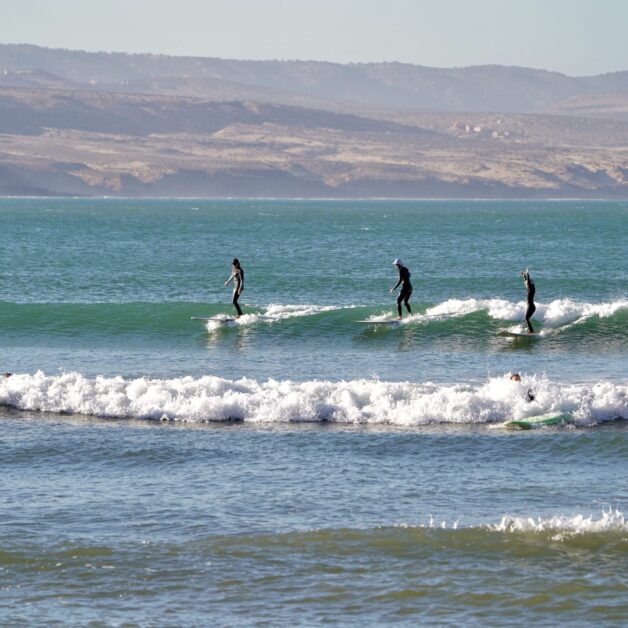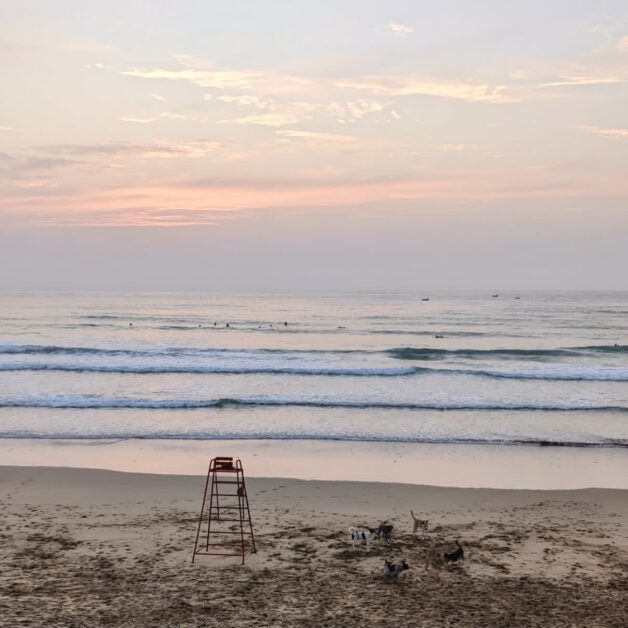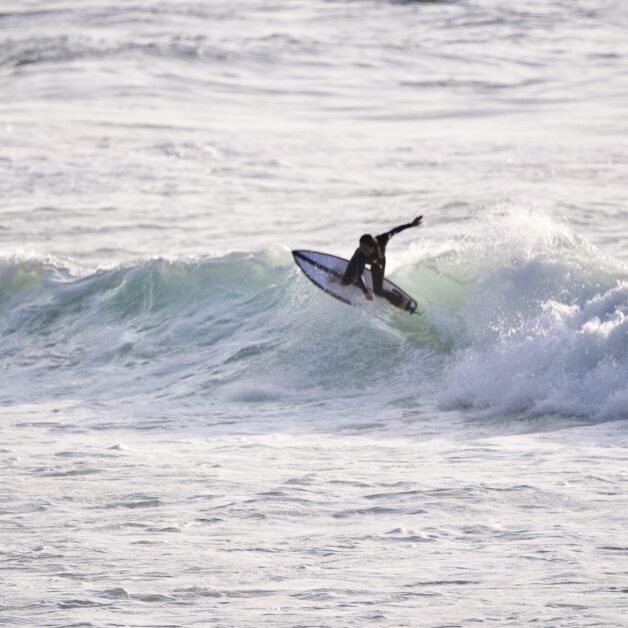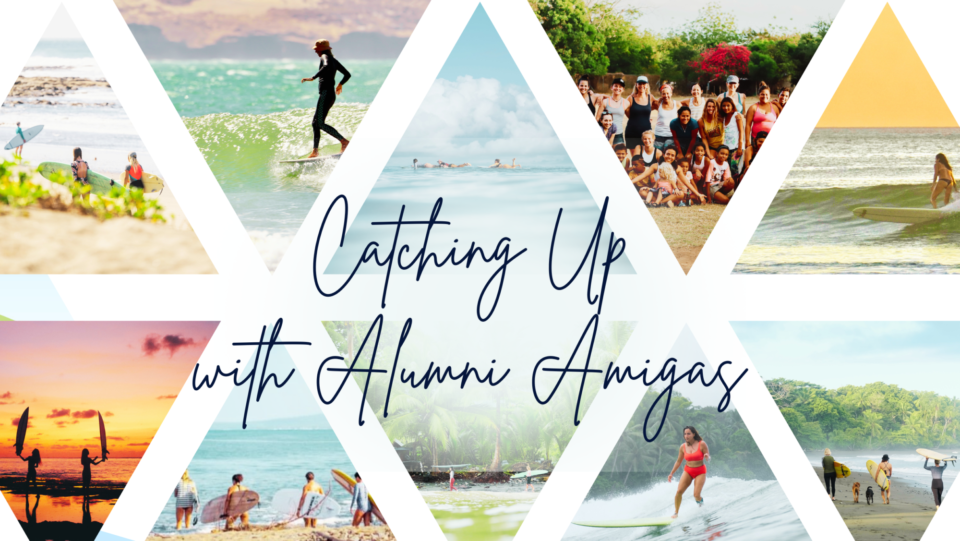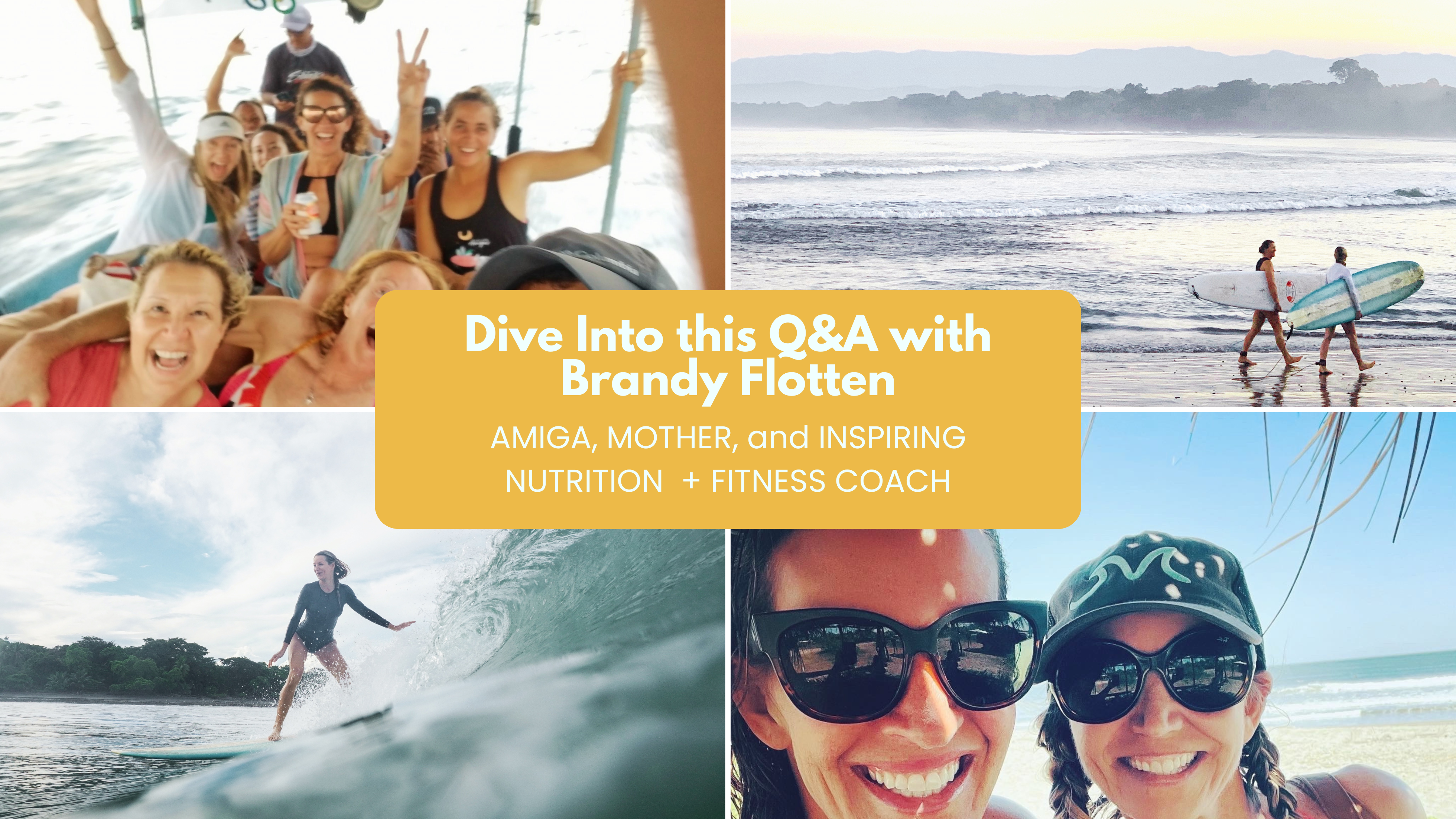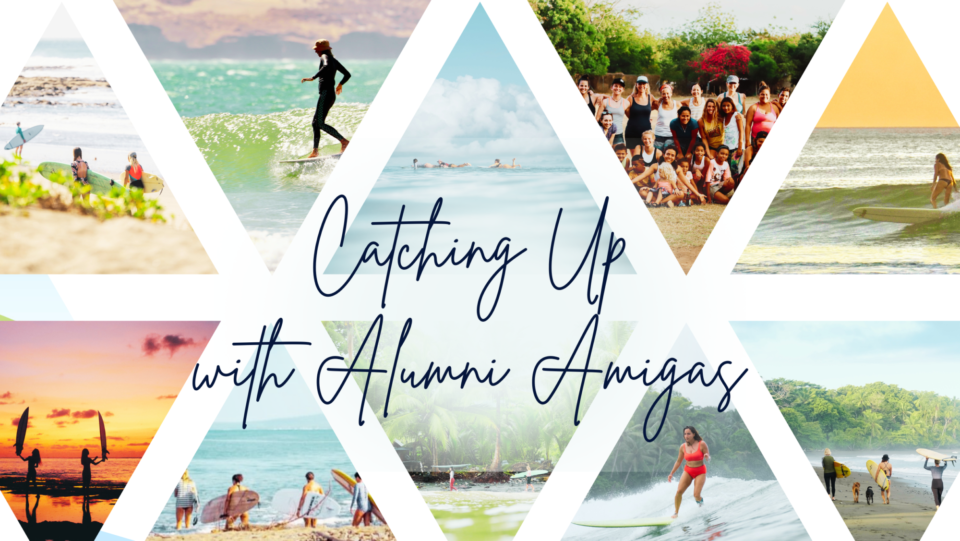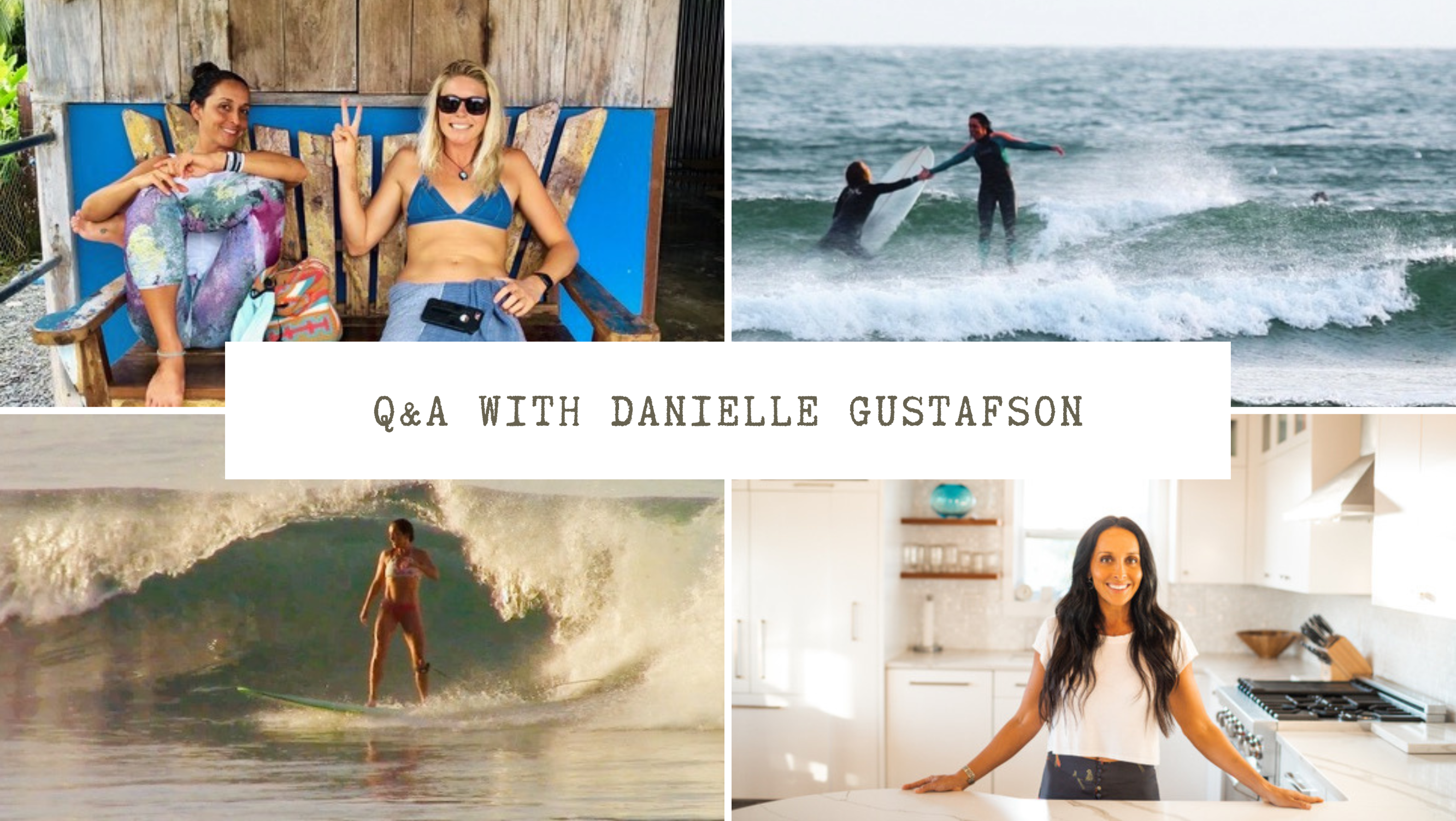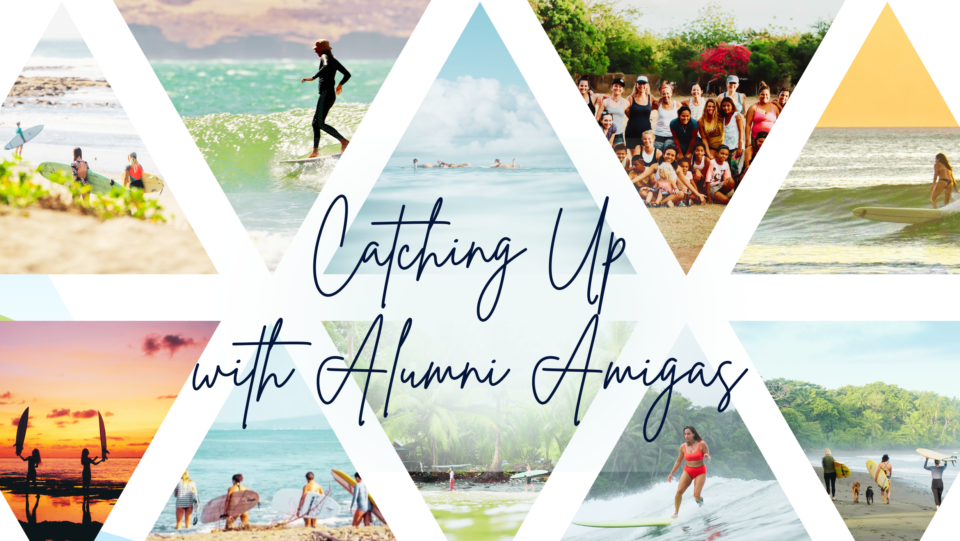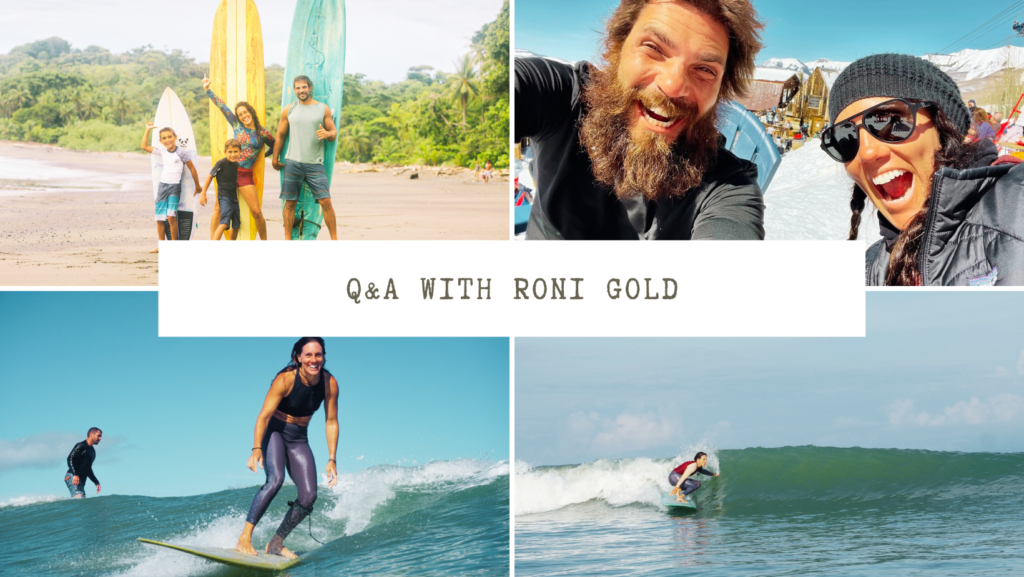When you sign up for a surf retreat, you expect to surf your brains out, and as passionate surfers, we really get it. At Surf With Amigas, rest assured, every aspect of your retreat will be planned around the surf. We are frothing surfers that love the water as much as you do!
FAQ: IS THERE A SCHEDULED TIME TO SURF?
ANSWER: We do schedule our paddle out times. Why? This is how we assure that you get to the best surf spot for your ability with the best possible conditions! For each scheduled session we also coordinate with videographers to make sure all your awesome rides are captured on video to be reviewed and enjoyed later. The surf coaches will join you at all of these scheduled sessions, where you’ll receive in-water instruction, coaching, and support.
The scheduled surf sessions have no specific end-time. We’ll stay in the water as long as conditions permit or until you’re ready to go. We might give you a head’s up that the tide is really dropped out, breakfast is now ready and yoga will be soon, to encourage you to find that last wave in, but if you just want to keep the salt-water soak going, as long as there is no safety issue, we’ll support you in doing that.
FAQ: HOW ARE THE SURF SESSIONS PLANNED?
ANSWER: Our team’s expert knowledge of the various surf spots in the area is used to plan the surf sessions around a variety of factors including tide, wind, swell size/direction, avoiding crowd, plus the surf ability of each surfer. It’s a complicated matrix sometimes, particularly because we will usually split up the group by ability level and have people going in different directions, but it’s important to us to make sure that everybody has access to waves that are suitable to their ability and everyone has the opportunity to be in the water during the best conditions possible.

